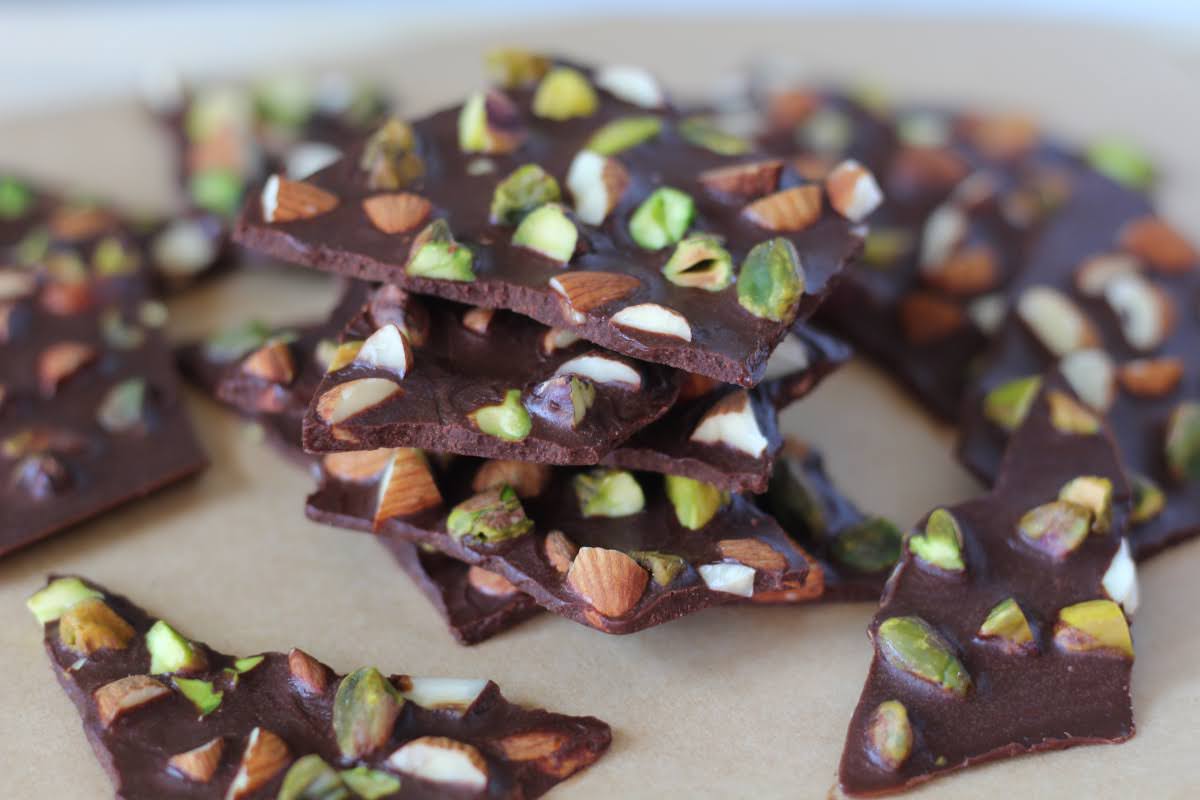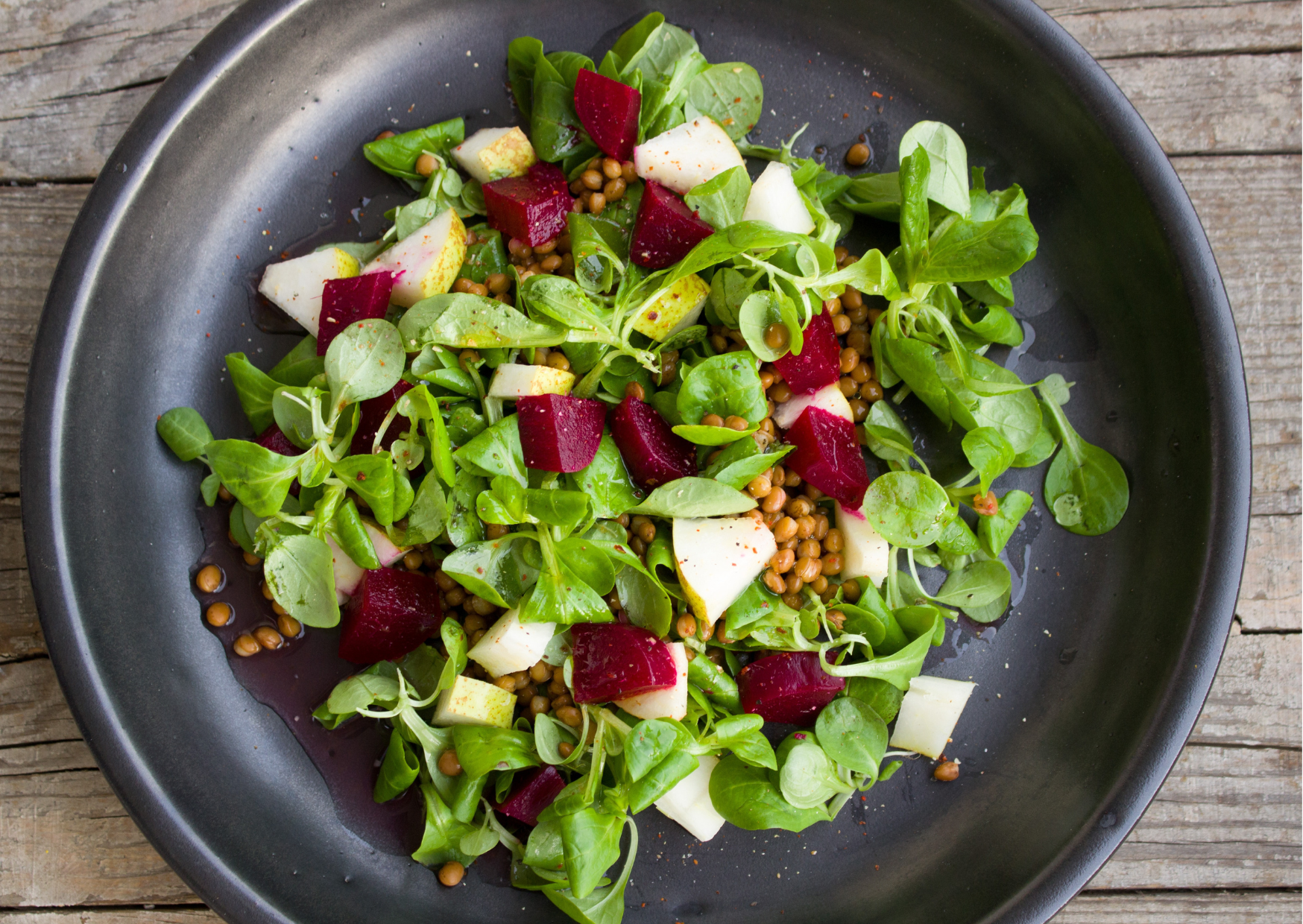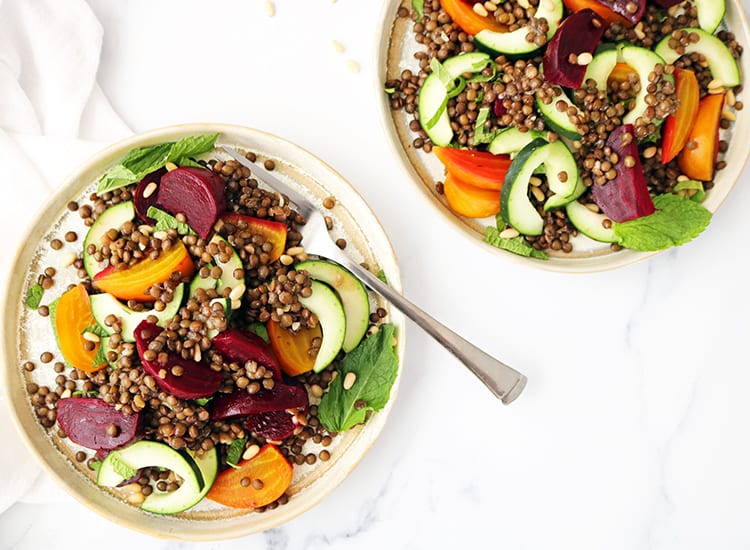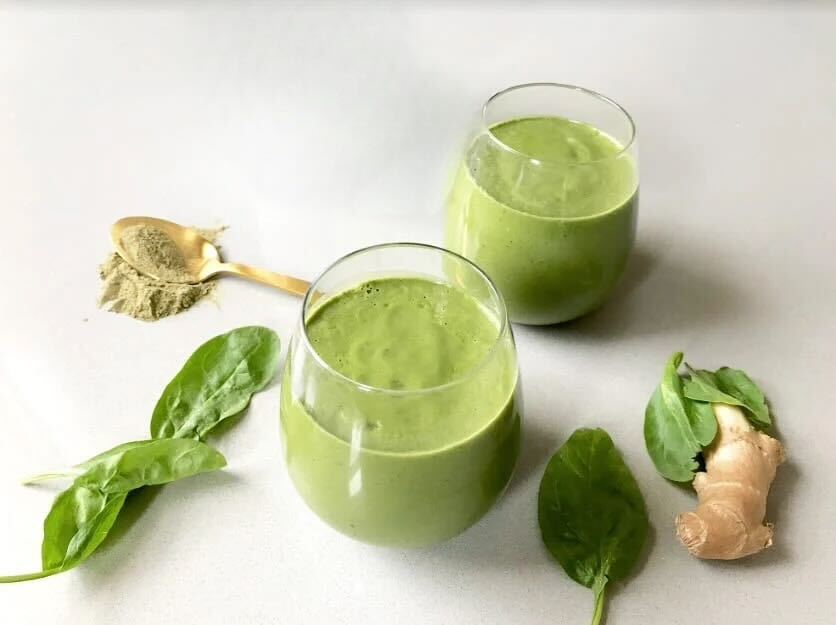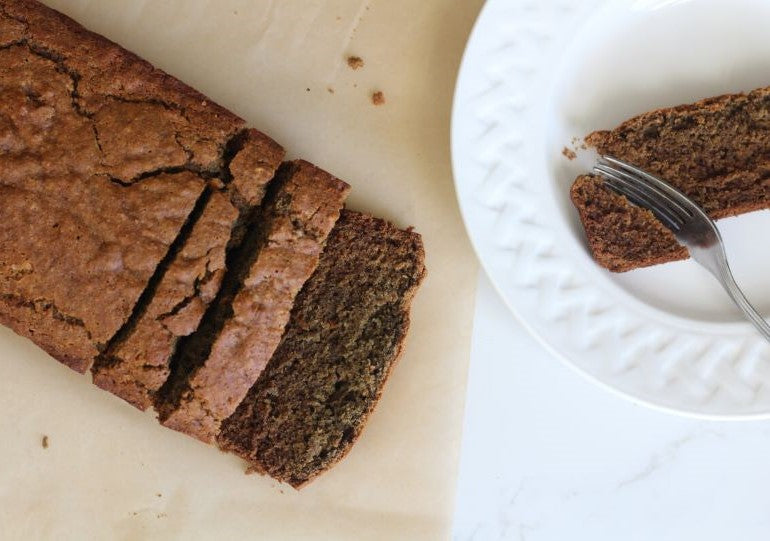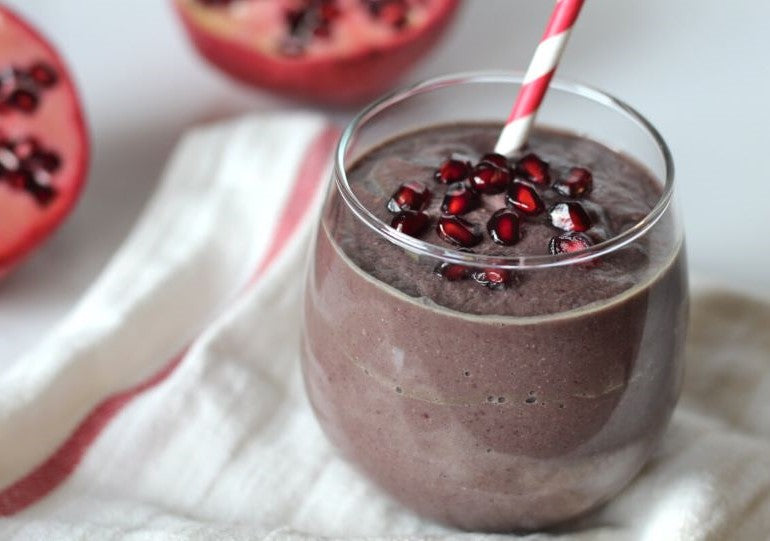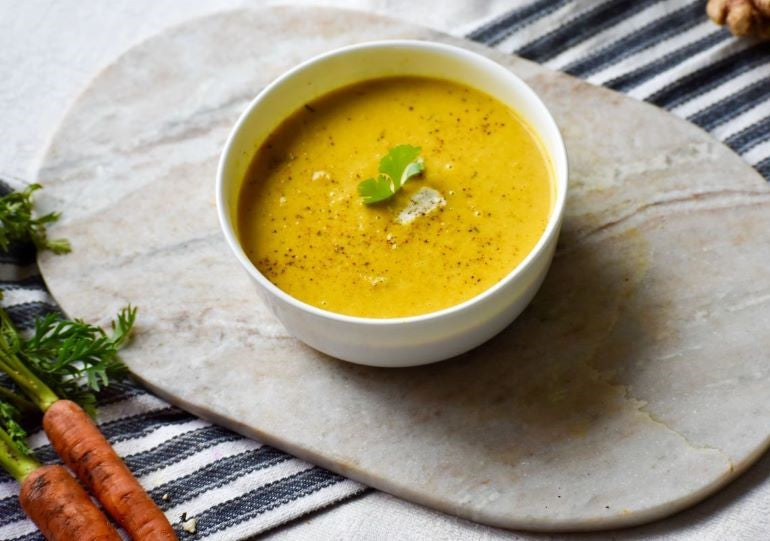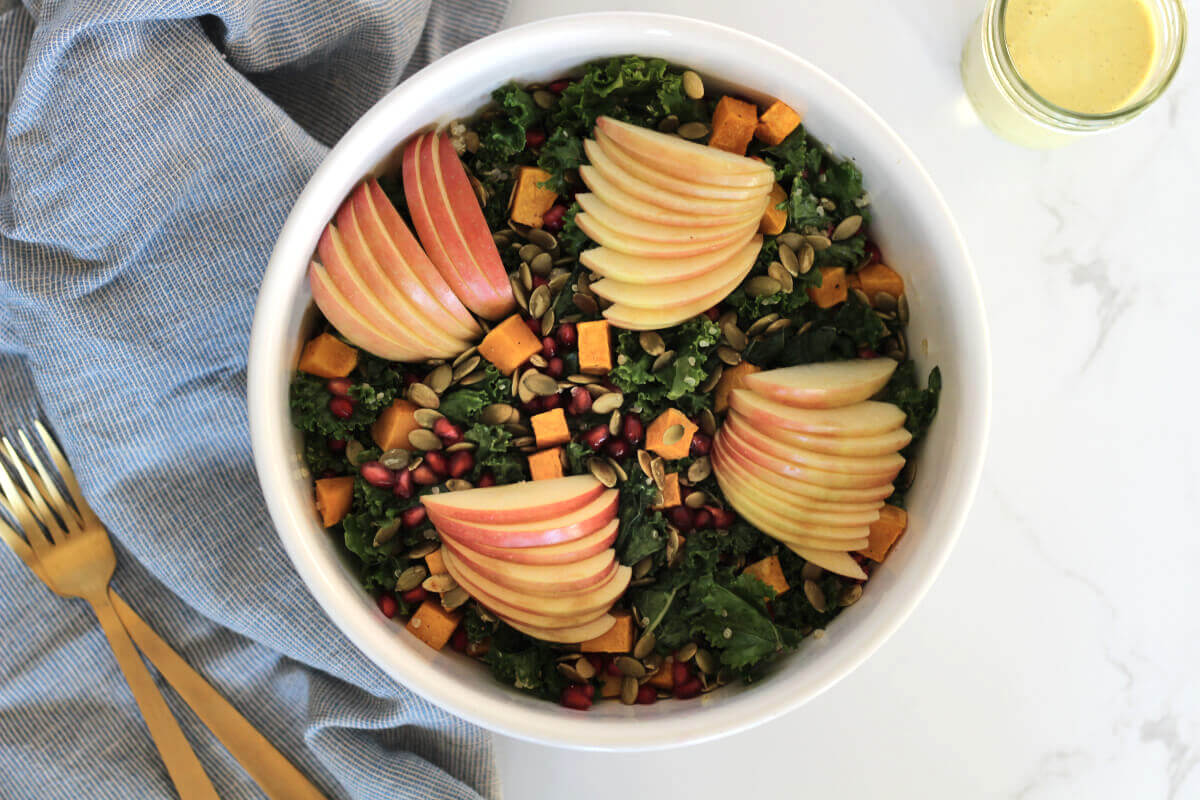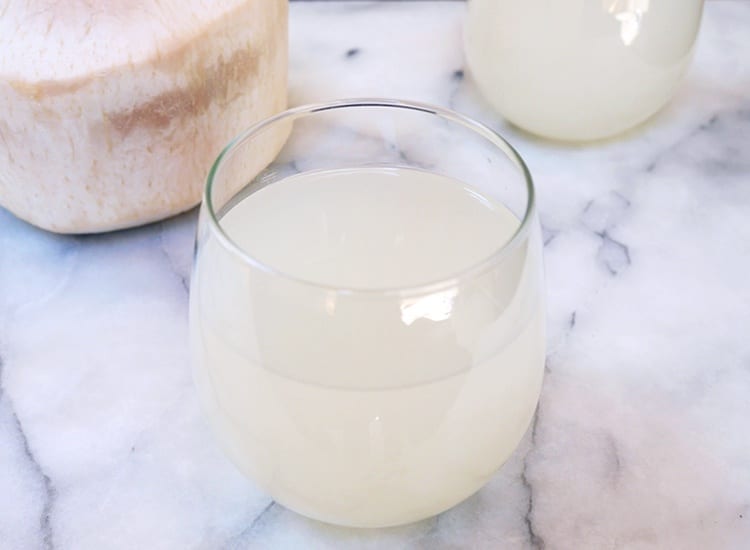 Many people are most familiar with the more common grocery kefir made from dairy. While its benefits to the digestive system are countless, we prefer to have our kefir in a dairy-free form. This version is refreshing, nutrient-dense, and hydrating, making it the perfect version to sip on all summer long. This is a cleansing drink that can be a great complement to the 21-Day Program, as can other fermented foods.
Many people are most familiar with the more common grocery kefir made from dairy. While its benefits to the digestive system are countless, we prefer to have our kefir in a dairy-free form. This version is refreshing, nutrient-dense, and hydrating, making it the perfect version to sip on all summer long. This is a cleansing drink that can be a great complement to the 21-Day Program, as can other fermented foods.
Coconut Water for Ultimate Hydration
Coconut water is the liquid found inside young coconuts (unlike coconut milk, which is made by grating the meat of the coconut). We chose coconut water for its refreshing taste, cleanse-friendly ingredients and hydrating properties. Coconut water is naturally low in calories and sugar, and its richness in electrolytes gives it a boost in its ability to help with fluid regulation. Coconut water has even been used as an IV fluid in emergencies!
The nutrient most ample in coconut water is potassium. It also contains magnesium, calcium, and a small amount of sodium. These electrolytes are crucial for nerve function, heart health, hydration, and relaxing your muscles. Since other electrolyte-dense sports drinks are laden with sugar, we prefer this whole source. While there is sugar in this recipe, it serves to feed the bacteria and the finished product ends up quite low-glycemic.
The Utensils You Use Matter
Kefir grains are acidic and when mixed with metal strainers or spoons they can become reactive. This reaction can result in toxicity that can ultimately contaminate your coconut water. We didn’t bother buying new plastic strainers, though. We simply used our cheesecloth covering to carefully strain our liquid from our grains when they were finished fermenting. If you already have a fine mesh plastic strainer, use that. Also always use glass or plastic containers for storing your liquid and wooden spoons for mixing.
Why Fermentation is Good For You
Fermentation is the process of growing healthy bacteria in our food. The process of fermentation also breaks our food down, thus making it easier to digest and the nutrients more readily available to our bodies. In addition to being more easily digested, fermented foods like coconut kefir provide probiotics to our gut. This helps improve our immunity by strengthening and protecting the immunity cells in our digestive track. Eating fermented foods like coconut kefir has also been shown to prevent and heal candida, a yeast overgrowth that impairs health and can be challenging to heal. By balancing our gut bacteria, kefir helps to fight digestive disorders like IBS and Crohn’s Disease.
To activate kefir grains:
2-3 cups hot water
1/4 cup cane sugar (this is to activate, you will not consume)
1 packet water kefir grains
Coconut water kefir:
Activated kefir grains (see directions below)
32 ounces of coconut water
Materials:
Non-metal strainer
Clean cloth, paper towel, or cheesecloth to cover the jar
Heat filtered water to a boil. Mix with sugar until dissolved, then cool to room temperature. Once cool, pour sugar water into a sanitized mason jar (you can use a canning system or simply boil your jars to sanitize). Add entire kefir grain packet to sugar water.

Cover loosely with a cloth and secure with a rubber band. Let sit in a dark, cool place for 24 hours. Water kefir grains should be plump and translucent the next day.

Strain sugar water from kefir grains (avoid metal strainers, you can even use the cloth to strain the water out). Add coconut water and kefir grains in a sanitized jar. Cover loosely with a cloth and secure with a rubber band.

Let sit in a dark, cool place for 24-48 hours. When ready to serve, strain kefir grains. You can drink as is, or blend with fruit puree or fresh fruit to create a variety of flavors. Keep refrigerated until you’re ready to drink.

Recipe and photography by Kaitlyn Noble
If you like this recipe, you might also like What Is Kombucha? Is It Really Good for You?












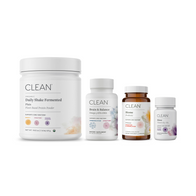
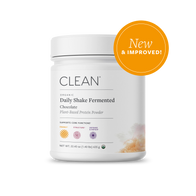
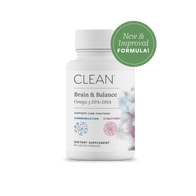
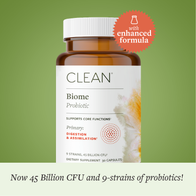
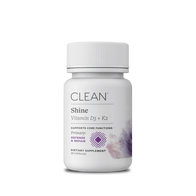
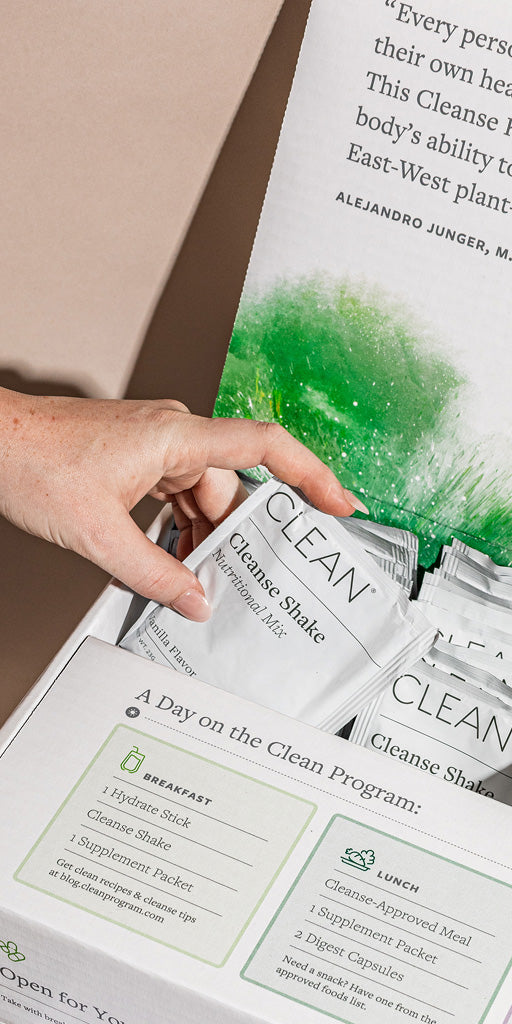
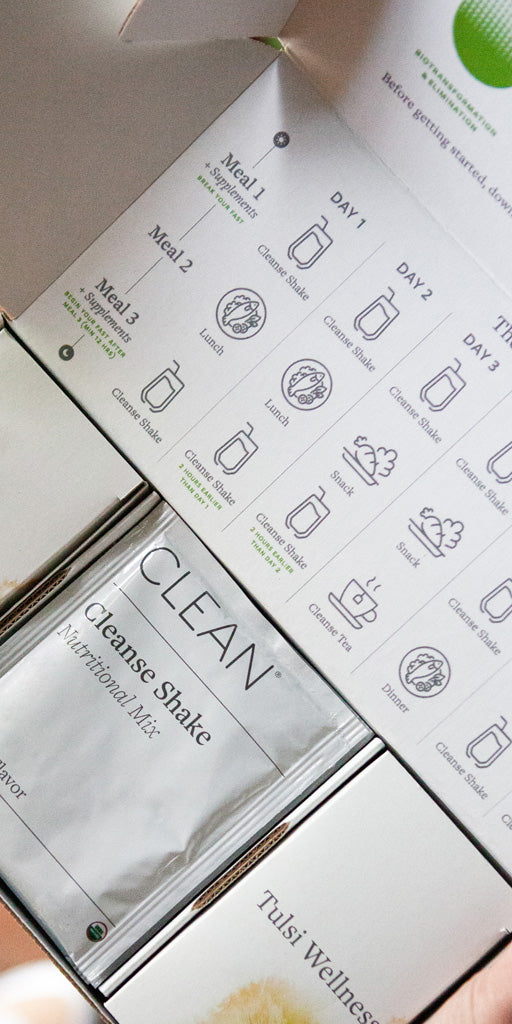






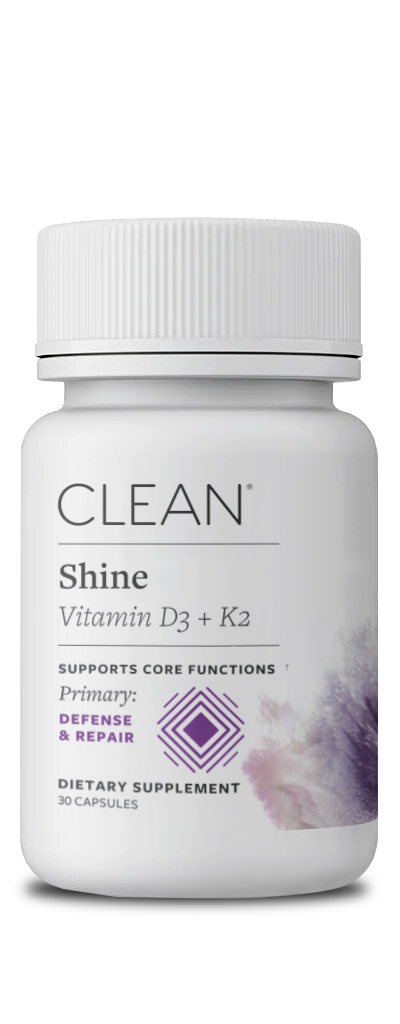











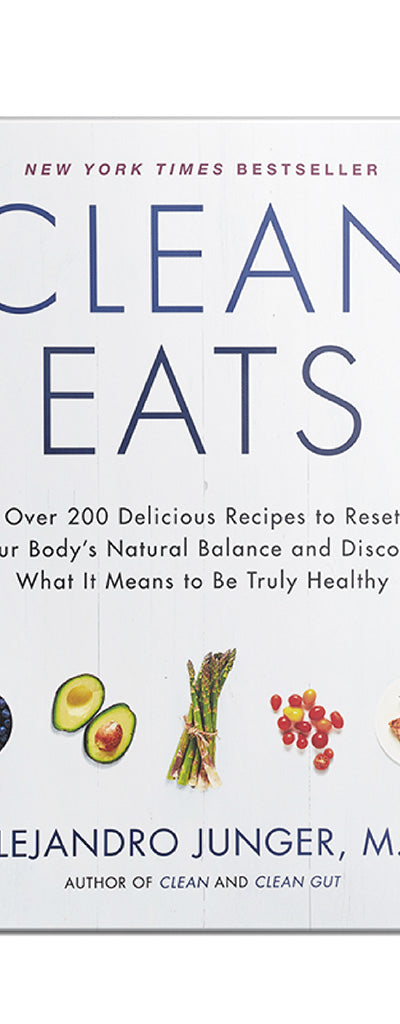


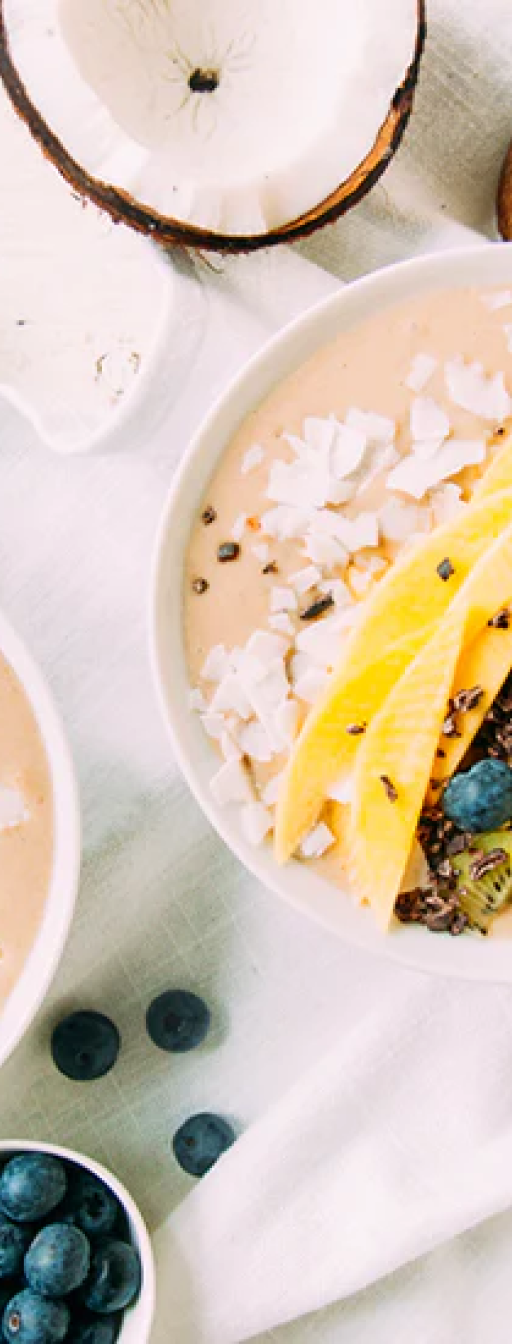
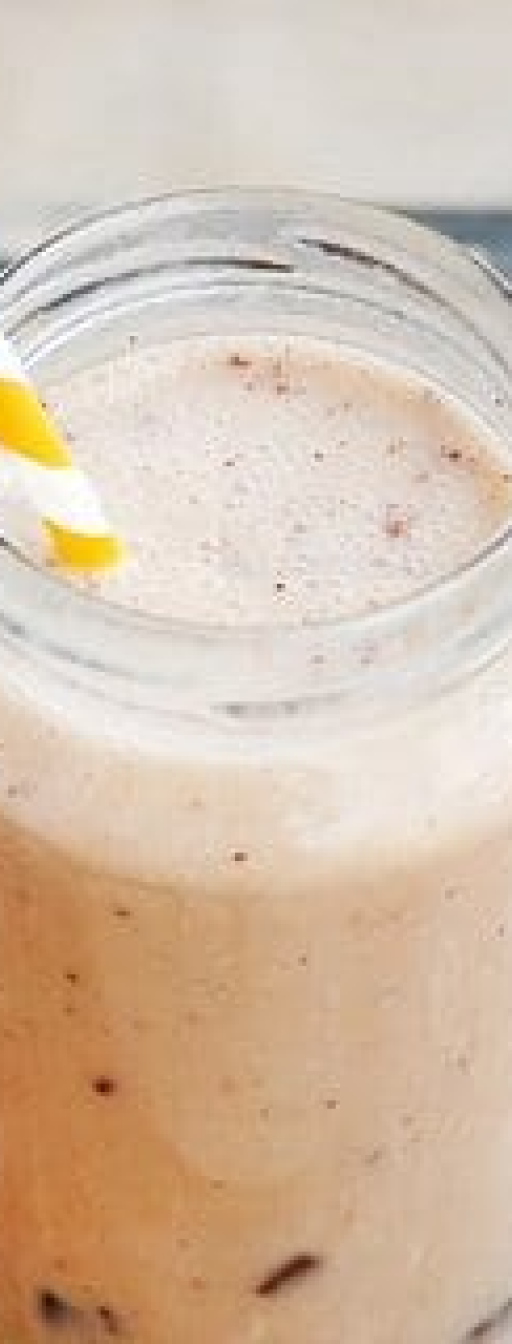
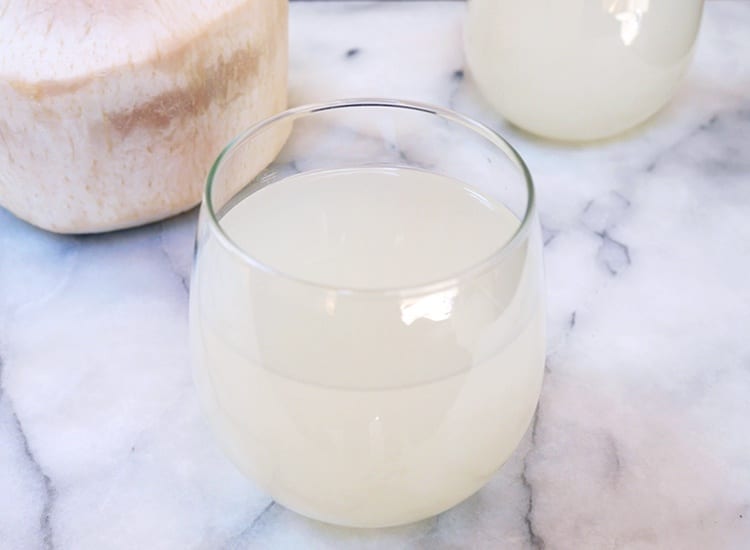
 Many people are most familiar with the
Many people are most familiar with the



